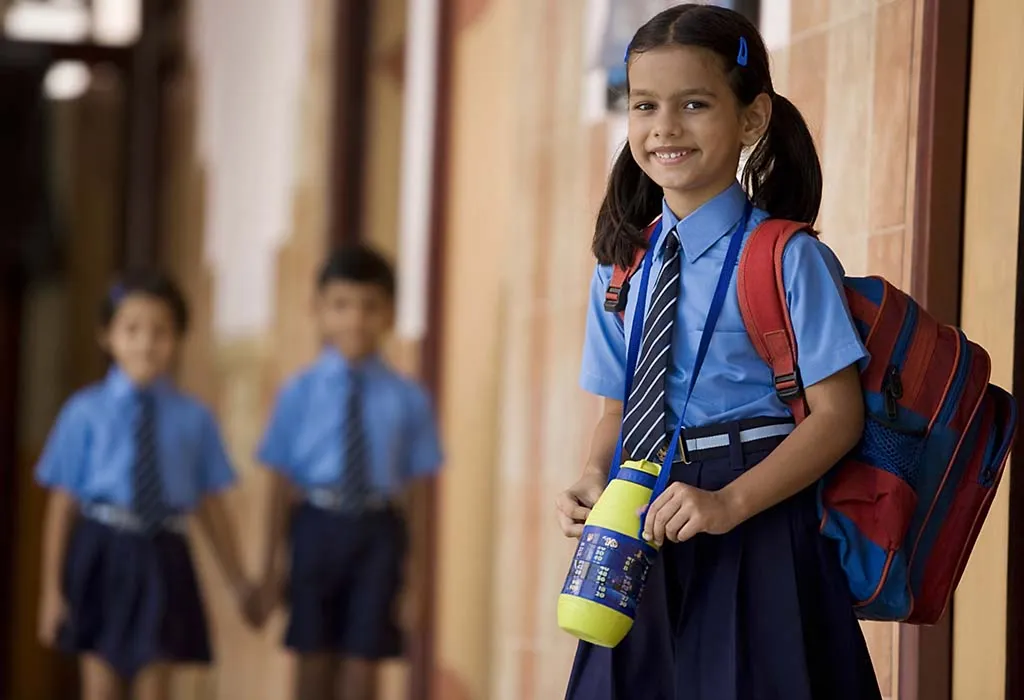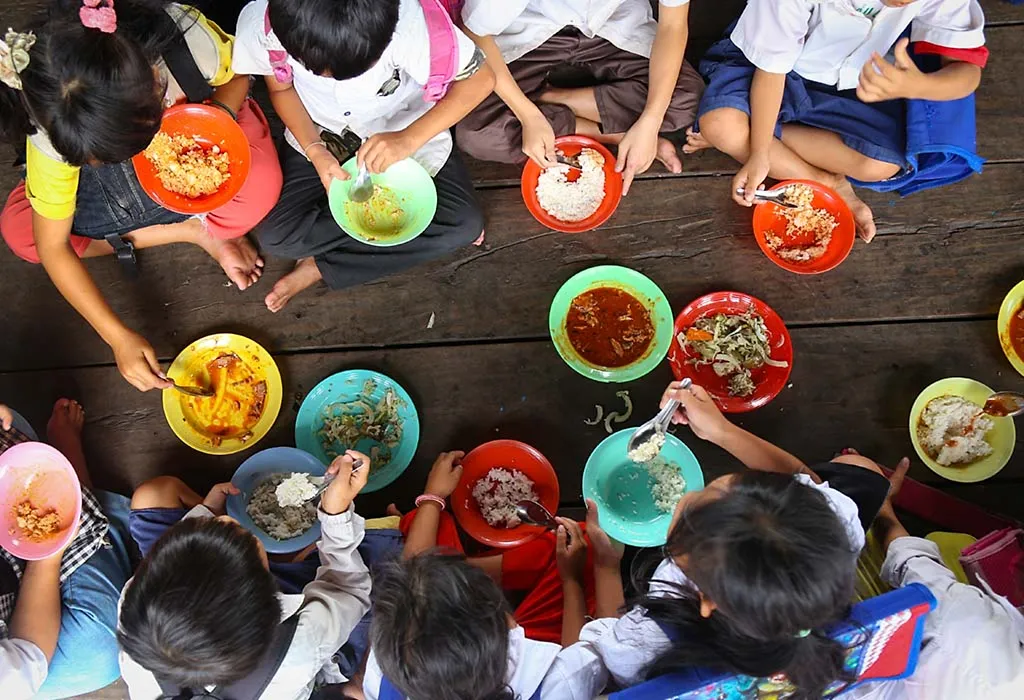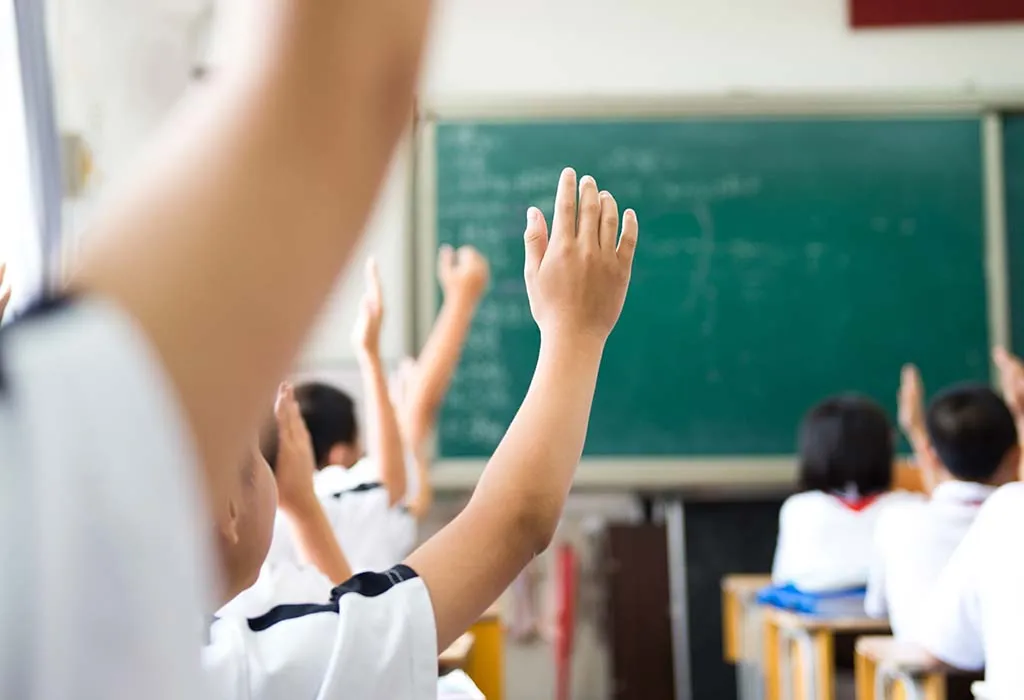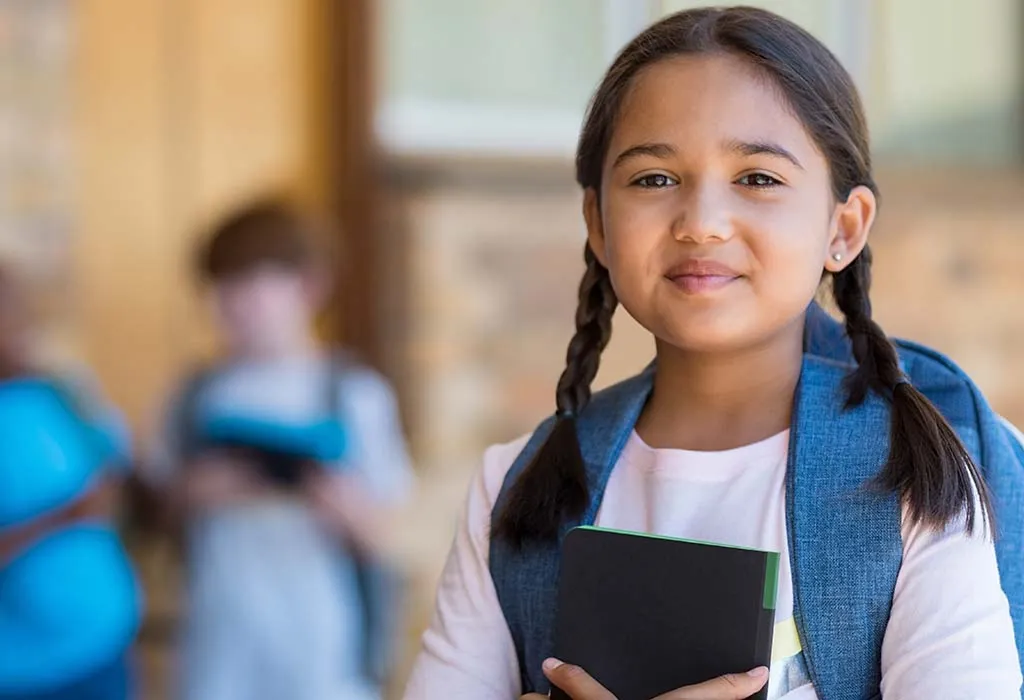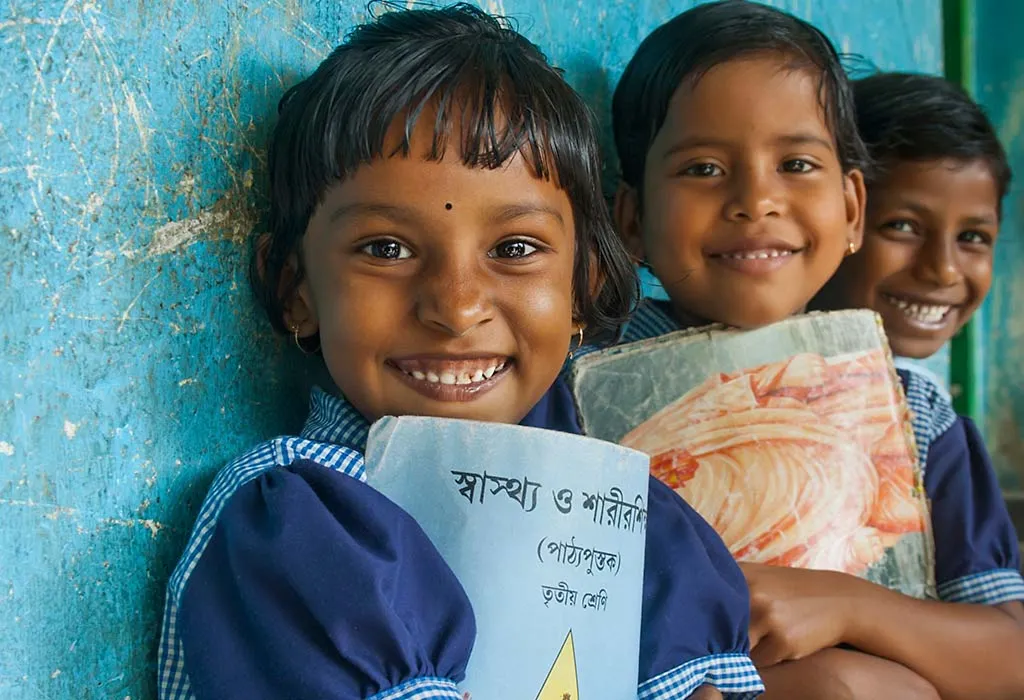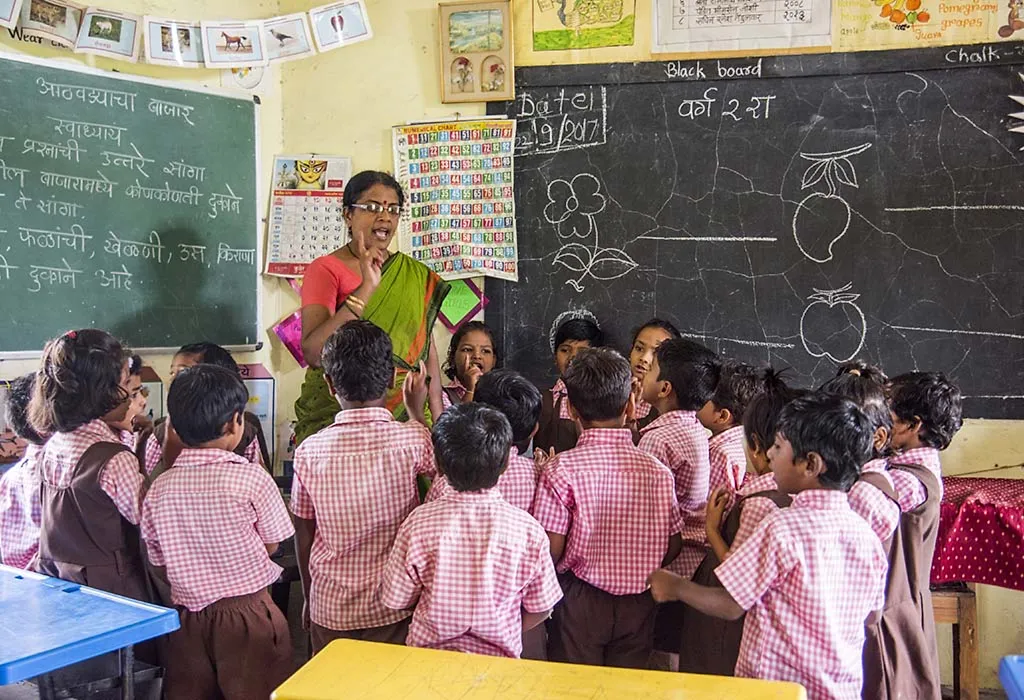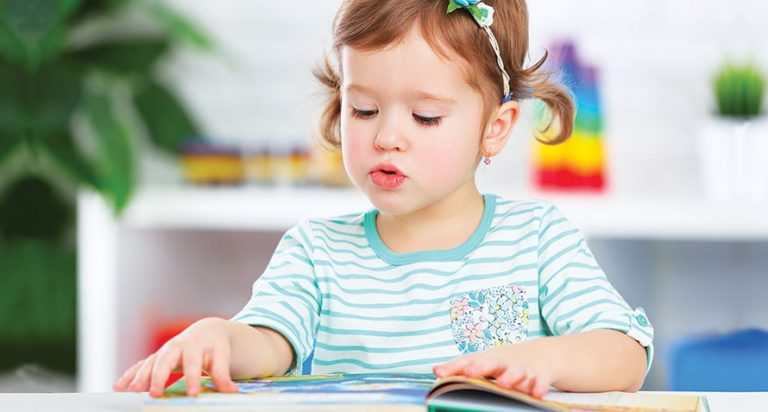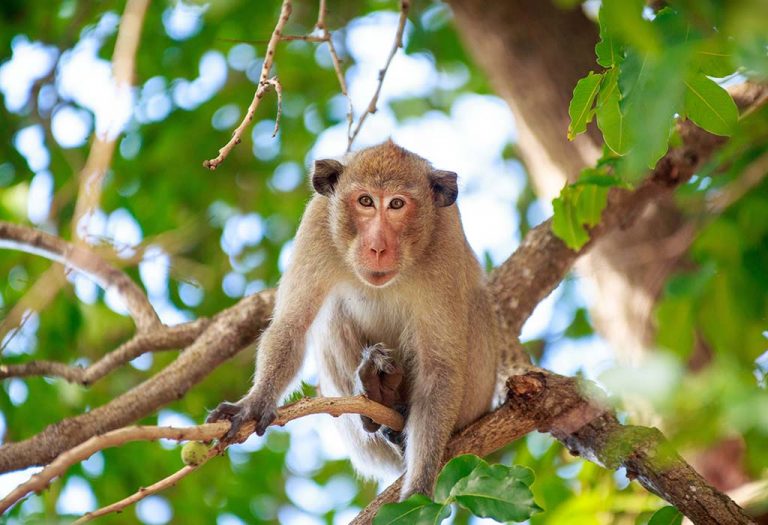List of Government Schemes for School Education in India
Education is essential for economic, political, and social transformation. In the twenty-first century, a population that is well-educated and equipped with relevant skills, attitudes, and knowledge is needed for the overall development of society. Education plays a crucial role in creating a just and equitable society.
India’s population is around 1.32 billion. The education system in this country has undergone many changes over the years as per the growing needs and demands. The standard of education in India has been getting better, and many children are securing higher marks through quality education. This is because the government is trying to encourage children with the help of various government schemes for education that provide better facilities. They have implemented many changes and education schemes in India to improve the standard and style of training and teaching. Many state governments have sent a few teachers to foreign educational institutions to update their skills and knowledge and improve their teaching quality.
School Education Government Schemes for Kids
The government has started numerous projects and programs to achieve the universalisation of elementary education. In keeping with the National Policy of Education principles, the government has created various schemes to ensure equitable education for all. These schemes aim to improve access to good education by expanding good schools, promoting equity and improving the basic quality of education. Here are a few schemes related to education in India.
1. Sarva Shiksha Abhiyan (SSA)
This program was introduced in 2001 and is one of the most significant projects in India. The Sarva Shiksha Abhiyan (SSA) is a flagship program for children to get Universal Elementary Education (UEE). This program covers the entire country and partners with local and state governments. SSA is mainly beneficial for children between the ages of 6 to 14. The program aims to universalise education and improve its quality through a time-bound implementation strategy and context-specific planning. It includes children from all social classes.
2. National Program for Education of Girls at Elementary Education (NPEGEL)
The Government of India has initiated the NPEGEL program to reach girls, especially girls who are not enrolled in a school. The program was started in July 2003 and is a significant component of the SSA. The program provides extra support for improving the education of girls. Some objectives under this scheme are developing gender-sensitive learning materials, gender-sensitisation of teachers, and provisions like stationary, uniforms, and workbooks. The main focus of this program is to break gender stereotypes and ensure girls get a good education at the elementary level.
3. Midday Meal Scheme
Otherwise known as the National Programme of Nutritional Support to Primary Education, this plan was launched in 1995 to provide mid-day meals to children studying in primary class. The main objective of creating this scheme was to eliminate children’s classroom hunger and increase attendance and enrolment of children at schools. This scheme also aims to improve the interaction between children of all castes and religions. It also addresses the issue of inadequate and improper nutrition among children. Women are also socially empowered since the scheme creates employment opportunities. Thus, this scheme can help in developing children emotionally and socially.
4. Right to Education (RTE) Act
This was another amazing step taken by the government. The Right to Education (RTE) Act was enacted in 2009, and this Act made education for every child between 6 and 14 years a fundamental right. It also set the basic norms that must be followed by every elementary school in the country. Thus, children got the right to receive free elementary education. This means that no child has to pay any kind of charges or fee to complete education up to elementary level. The RTE act also aims at the development of a curriculum that makes sure the child receives the benefit of all-round development, building their knowledge, talent, and potential. The Right to Education Act has made it compulsory to reserve 25 per cent in private schools for children from economically weaker families.
5. Beti Bachao, Beti Padhao
This scheme initiated in 2015 is one of the most famous central government schemes for girl education. The main aim of this government scheme was initially to protect girl children from female foeticide and infanticide and later, provide assistance for their education. Other objectives of the plan include stopping the practice of gender-determination tests and discrimination against girl children. The Beti Bachao, Beti Padhao scheme ensures the protection of girls and their survival and makes sure that girls participate in educational activities alongside boys. This government scheme for girl child education in India thus spreads the awareness that girl children are not a burden.
6. Kasturba Gandhi Balika Vidyalaya
Launched in 2004, the KGBV scheme aims at setting up residential schools for girls belonging to minority communities at the upper primary level. This scheme is mainly implemented in the parts of the country where girls aren’t enrolled in school. This scheme provides reservation of 25% to girls from families below the poverty line and the rest 75% to the girls belonging to ST, SC, OBC, and other minority communities. The main idea behind this scheme is that by setting up residential schools, girls from disadvantaged groups of the society can access quality education.
7. Scheme for Infrastructure Development in Minority Institutes (IDMI)
To improve the quality of education, the scheme has been started to improve infrastructure in unaided/aided minority schools. The salient features of this scheme include expanding facilities that will help the education of children from minority communities. The entire country comes under this scheme, but preference is given to places that have a minority population above 20 per cent. The scheme also encourages educational facilities for children with special needs, girls, and others who are mostly held back in society.
8. Rashtriya Madhyamik Shiksha Abhiyan (RMSA)
Rashtriya Madhyamik Shiksha Abhiyan, launched in 2009, is a government scheme focused on improving the quality of secondary education. It aims to increase enrollment in secondary schools, enhance infrastructure, provide training to teachers, and promote vocational education. By strengthening the secondary education system, RMSA encourages children to continue their education beyond elementary, ensuring their overall educational development.
9. Bal Bandhu Scheme
The Bal Bandhu Scheme, launched by the Government of India in October 2010, focuses on providing educational support and motivation to children from vulnerable sections of society. It aims to prevent child labour and encourage school enrollment by offering financial assistance, scholarships, uniforms, textbooks, and other necessary materials. The scheme provides a supportive framework for children, motivating them to attend school regularly and pursue their education.
10. National Scheme of Incentive to Girls for Secondary Education (NSIGSE)
The National Scheme of Incentives to Girls for Secondary Education is a government scheme launched in 2008. It was aimed at promoting girls’ education in rural areas. Under this scheme, eligible girls enrolling in class 9th and completing their secondary education receive a financial incentive of INR 3000. The scheme encourages girls to continue their education beyond elementary by providing a monetary reward, motivating them to attend and complete their secondary schooling.
11. Integrated Education for Disabled Children (IEDC)
The Ministry of Welfare, Central Government of India, launched the IEDC programme in 1974 to encourage integrating children with mild to moderate impairments into regular schools. This central government scheme for school education programme was also created to encourage the continued enrollment of disabled children in the regular education system.
12. Padhe Bharat Badhe Bharat (PBBB)
Introduced in 2014, Padhe Bharat Badhe Bharat is an initiative aimed at improving early literacy and numeracy skills among children in classes I and II. This program is part of the broader Sarva Shiksha Abhiyan and focuses on ensuring that every child is proficient in reading, writing, and basic mathematics by the end of Class II. The scheme emphasizes foundational learning, recognizing that early education plays a crucial role in a child’s overall academic development. By providing resources, teacher training, and supportive learning materials, PBBB strives to create a strong educational foundation for young learners across the country.
13. Pradhan Mantri Poshan Shakti Nirman (PM POSHAN)
Previously known as the Midday Meal Scheme, PM POSHAN was revamped to better address the nutritional needs of school children. This program provides hot, nutritious meals to students in classes I to VIII attending government and government-aided schools. The primary objectives of PM POSHAN include improving the nutritional status of children, boosting school attendance, and fostering social equality by ensuring that children from diverse backgrounds share meals together. By addressing hunger and malnutrition, the scheme helps create a conducive learning environment, encouraging children to stay in school and perform better academically.
14. Digital Infrastructure for Knowledge Sharing (DIKSHA)
Launched in 2017, DIKSHA is a national platform designed to provide digital resources and training materials for teachers and students. This initiative supports the creation and sharing of educational content across different states and languages, catering to the diverse needs of learners in India. DIKSHA offers e-learning content, teacher training modules, and interactive resources to enhance the teaching and learning experience. By leveraging technology, the platform aims to bridge educational gaps, provide continuous professional development for teachers, and make quality education more accessible to students across the country.
15. Vidyanjali Yojana
Introduced in 2021, Vidyanjali Yojana aims to strengthen the educational system by involving community and private sector volunteers in school activities. The scheme encourages individuals and organizations to contribute their time, skills, and resources to support co-scholastic activities and improve school infrastructure. Through this initiative, the government seeks to foster community participation in school management and promote holistic development for students. By engaging volunteers, Vidyanjali Yojana helps create a supportive learning environment and bridges resource gaps in schools, ensuring that children receive a well-rounded education.
16. Samagra Shiksha Abhiyan
Launched in 2018, Samagra Shiksha Abhiyan is an integrated scheme that encompasses all aspects of school education, from pre-primary to senior secondary levels. This comprehensive program aims to provide inclusive and equitable quality education for all children. It focuses on enhancing school infrastructure, providing teacher training, improving learning outcomes, and supporting innovative teaching methods. By integrating various existing educational schemes under one umbrella, Samagra Shiksha Abhiyan seeks to streamline efforts, reduce duplication, and ensure better coordination and implementation. The scheme emphasizes holistic development, preparing students for higher education and future employment.
What Are the Key Features of Government Schemes for Child Education Plans?
Government schemes for child education in India aim to ensure that every child has access to quality education, regardless of their socio-economic background. These schemes provide various benefits like the ones below:
1. Financial Assistance
Many government schemes offer financial aid to students from economically weaker sections. This includes scholarships, free textbooks, uniforms, and other educational materials to reduce the financial burden on families and encourage school attendance.
2. Midday Meal Programs
Programs provide nutritious meals to children in government and government-aided schools. These meals help improve the nutritional status of children, increase school attendance, and promote social equality.
3. Free and Compulsory Education
The Right to Education (RTE) Act mandates free and compulsory education for children aged 6 to 14 years. This ensures that every child has the opportunity to complete their elementary education without any cost.
4. Gender-Specific Initiatives
Various initiatives focus on promoting the education of girl children. These programs aim to eliminate gender disparities in education and encourage girls to continue their studies.
5. Inclusive Education for Disabled Children
Programs are designed to integrate children with disabilities into regular schools. These initiatives provide special resources and support to ensure that disabled children receive a quality education alongside their peers.
6. Teacher Training and Development
Several schemes focus on the professional development of teachers. Initiatives provide training modules and resources to enhance the skills and knowledge of educators, ensuring better learning outcomes for students.
7. Infrastructure Development
Government schemes often include provisions for improving school infrastructure. This includes building new classrooms, providing clean drinking water and sanitation facilities, and creating a safe and conducive learning environment for children.
8. Vocational Training and Skill Development
Some government schemes aim to integrate vocational training and skill development into the school curriculum. These programs prepare students for future employment opportunities by equipping them with practical skills and knowledge relevant to the job market.
What Documents Are Required for the Government Schemes for Child Education?
Government schemes for child education in India require certain documents to ensure eligibility and proper utilisation of benefits. These documents help verify the identity, age, and socio-economic status of the beneficiaries, ensuring that the assistance reaches the right individuals.
1. Proof of Identity
Applicants need to provide a valid proof of identity, such as an Aadhaar card, Voter ID, Passport, or any other government-issued ID card. This helps verify the identity of the child and the parents or guardians.
2. Proof of Age
A birth certificate, school leaving certificate, or any other official document that mentions the child’s date of birth is required to confirm the child’s age and eligibility for the scheme.
3. Proof of Residence
Proof of residence is necessary to establish that the applicant belongs to the region where the scheme is being implemented. Acceptable documents include a ration card, utility bill, or a rental agreement.
4. Income Certificate
An income certificate issued by a competent authority is required to prove that the family falls under the specified income bracket to be eligible for financial aid or scholarships.
5. Caste Certificate (if applicable)
For schemes targeting specific social groups, a caste certificate is required to prove that the child belongs to a Scheduled Caste (SC), Scheduled Tribe (ST), or Other Backward Class (OBC).
6. Disability Certificate (if applicable)
For schemes designed for children with disabilities, a valid disability certificate issued by a recognized medical authority is necessary to avail of the benefits.
7. Previous School Records
Previous school records or mark sheets may be required to confirm the child’s educational background and to assess their eligibility for certain educational benefits or scholarships.
8. Bank Account Details
Many schemes require the submission of bank account details to facilitate direct transfer of funds or scholarships. This ensures that the financial aid reaches the beneficiary without any intermediaries.
9. Passport-sized Photographs
Recent passport-sized photographs of the child and sometimes the parents or guardians are often required for identification and record-keeping purposes.
10. Application Form
A duly filled application form specific to the scheme is necessary. This form typically includes personal details, educational background, and other relevant information about the child and the family.
In recent decades, the implementations of these schemes have made it easier to access schools, and the enrolment rates in primary schools have gotten higher. India also sees a decrease in dropout rates. Primarily due to the above list of government schemes for education in India, primary education in our country has become a success story even in the remote parts of the country.
References/Resources:
1. Padhe Bharat Badhe Bharat; Government of India, Ministry of Education; https://www.education.gov.in/sites/upload_files/mhrd/files/document-reports/Padhe-Bharat-Badhe-Bharat.pdf
2. Sarva Shiksha Abhiyan; All India Council for Technical Education; https://www.aicte-india.org/reports/overview/Sarva-Shiksha-Abhiyan
3. National Program for Education of Girls at Elementary Education (NPEGEL); Jammu and Kashmir School Education Department; https://www.jkeducation.gov.in/pdf/Women-Education.pdf
4. Pradhan Mantri Poshan Shakti Nirman (PM POSHAN); Ministry of Education Government of India; https://pmposhan.education.gov.in/
5. Rashtriya Madhyamik Shiksha Abhiyan (RMSA); Ministry of Education Government of India; https://www.education.gov.in/rmsa
6. Scheme for Infrastructure Development in Minority Institutes (IDMI); Ministry of Education Government of India; https://www.education.gov.in/hi/sites/upload_files/mhrd/files/upload_document/IDMI-scheme.pdf
7. Beti Bachao, Beti Padhao; Ministry of Women and Child Development, Government of India; https://wcd.nic.in/bbbp-schemes
Also Read:
Pros and Cons of Studying in Boarding School
Tips to Boost Your Child’s Academic Success
Ways to Find an Excellent Tutor for Your Child
Top Post Office Saving Schemes for Boy Child in India
Pradhan Mantri Sukanya Samriddhi Yojana – All You Need To Know
Was This Article Helpful?
Parenting is a huge responsibility, for you as a caregiver, but also for us as a parenting content platform. We understand that and take our responsibility of creating credible content seriously. FirstCry Parenting articles are written and published only after extensive research using factually sound references to deliver quality content that is accurate, validated by experts, and completely reliable. To understand how we go about creating content that is credible, read our editorial policy here.







